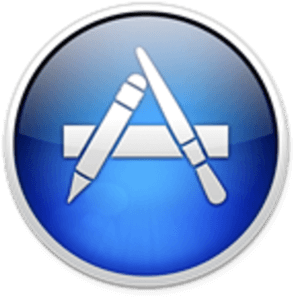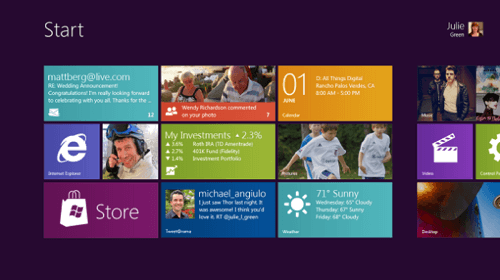Not even a year after launching, the Mac App Store has logged its 100 millionth download, Apple reported yesterday. The app directory, which went live in January of this year, gives developers a place to sell applications for desktops and laptops running Mac OS X Snow Leopard and higher.

The Mac App Store takes the model Apple established with mobile and tablet apps for iOS and applies it to the desktop. Developers who opt to charge for apps get a 70% cut of the revenue, just as mobile developers do.
After the huge success achieved with the iTunes App Store for mobile devices, Apple decided to try a nearly identical approach for desktops. It’s not the only way to get applications onto Mac computers, but it offers a simple, well-organized repository for apps that have met Apple’s approval standards, complete with informative aggregate user reviews. It also simplifies the process of keeping apps up to date.
For developers, it provides a tried-and-true method of monetizing their work, if they’re willing to accept Apple’s revenue cut. From the looks of it, the platform is popular enough that, if nothing else, the Mac App Store gives developers increased visibility for their finished products. It’s become a resource for not only independent, lightweight desktop apps, but also for heavy-duty programs like Logic for audio-editing, Final Cut Pro for video and Photoshop Express.
From Apple to Microsoft, Desktops Begin to Resemble Mobile
The desktop app marketplace is not the only aspect of Apple-manufactured computers that recalls the user experience of using a tablet or smartphone. When the company released Mac OS X Lion earlier this year, it baked in several elements of iOS, from the mobile-style layout of apps in Launchpad to the multitouch gestures supported by the trackpad. Browsing the Web and scrolling through documents and menus on Lion feels more like doing so on an iPad or iPhone now, with a two-finger swipe up resulting in the page moving down (and vice versa).
Apple isn’t the only company merging the experience of using the desktop with that of smaller devices. Microsoft is taking things even further. The next generation of their PC operating system, Windows 8, borrows heavily from mobile design and user experience concepts. It features a touch-friendly UI, a new breed of HTML5-driven applications and a relatively seamless user experience between smartphones, tablets and the desktops.











